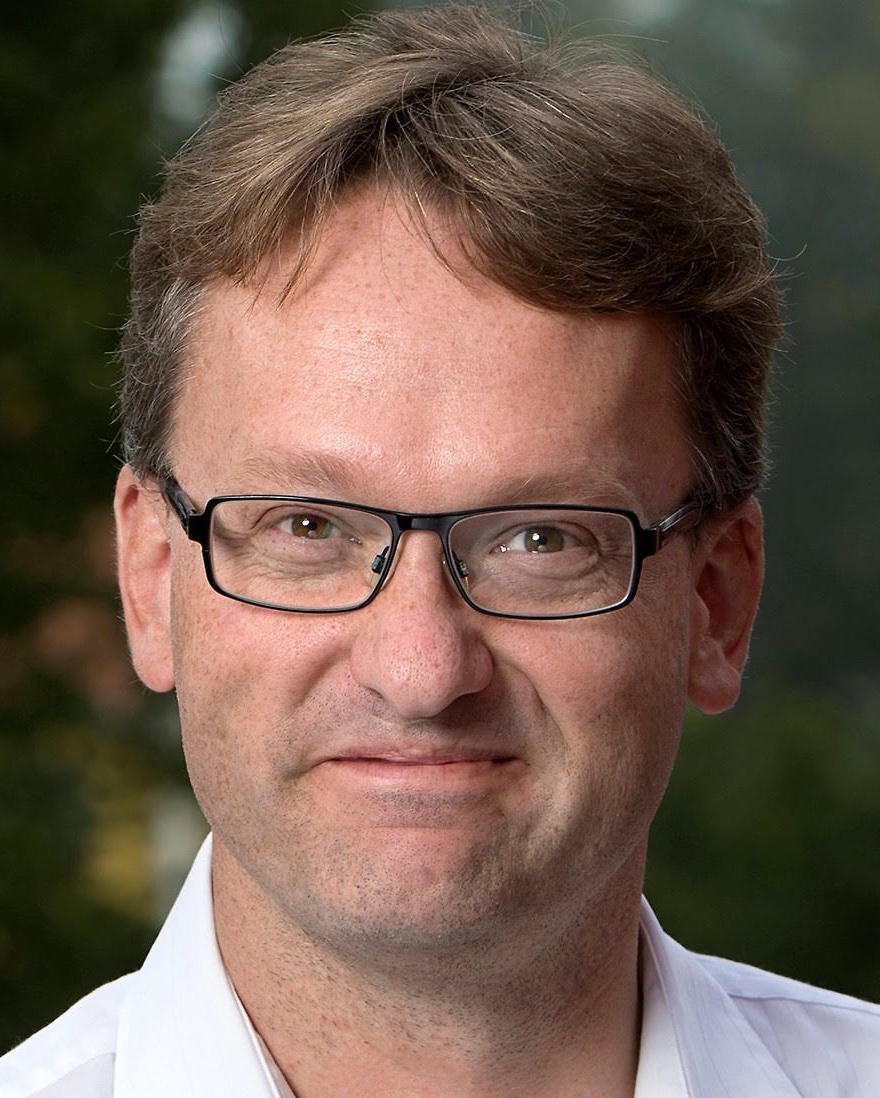TCBG Seminar
Deciphering Molecular Mechanisms of Allosteric Modulation in the Lab & Computer Tweet

Professor
Erik Lindahl
Biophysics
Royal Inst. Technology Science for Life Lab
Solna, Sweden
Monday, November 16, 2015
3:00 pm (CT)
3269 Beckman Institute
Abstract
Allosteric modulation, i.e. when binding of one molecule influences the way additional ones are bound or how the protein works, is one of the oldest concepts in molecular biology and goes back to the Monod-Wyman-Changeux work on Hemoglobin. However, while the biological observations are striking and the concepts universal, we know surprisingly little of the molecular mechanisms. We work with a number of systems, in particular voltage- and ligand-gated ion channels that exhibit strong allosteric modulation, which is critical for conduction of nerve signals in our central nervous system. I will describe our work on combining molecular modeling and electrophysiology with simulations to create high- resolution models of intermediate states, and to understand how toxins, alcohols and anesthetics influence the channel gating. Simulations provide unparalleled molecular detail, the are limited both by limited accuracy of force fields, models, and sampling; electrophysiology in contrast does not provide any molecular detail, but has the advantage of providing absolute experimental validation when asking specific questions. Together they form a wonderful pair of techniques for molecular biology, and in many cases we can now predict allosteric shifts from mutations in simulations before experiments are conducted. There are a number of recent computational techniques focused on ensemble models that make it possible to study these slow motions quite efficiently, comprising both structure, free energy and kinetics, and another important driving force for us is to make these algorithms that can require 100,000 or more independent simulations easier to access. I will finally describe some of our efforts in packaging these into more automated tools, to turn them into a similar “commidity” method that has created the success of classical molecular dynamics simulations.



